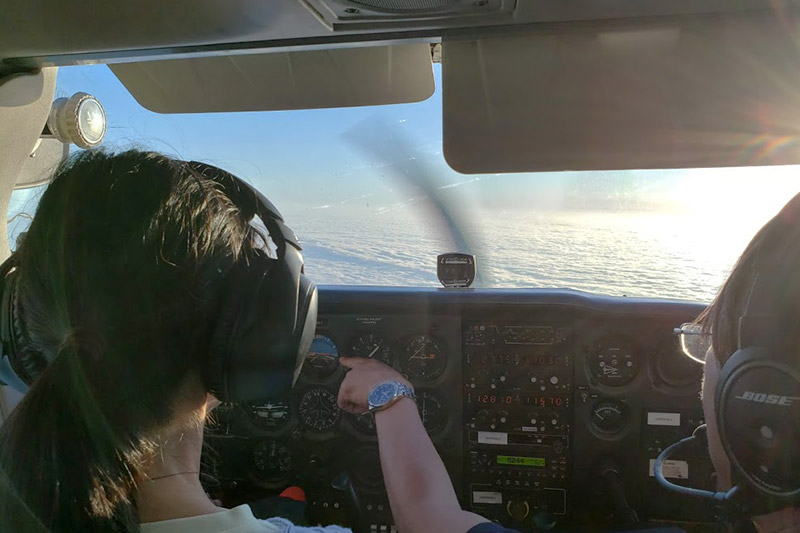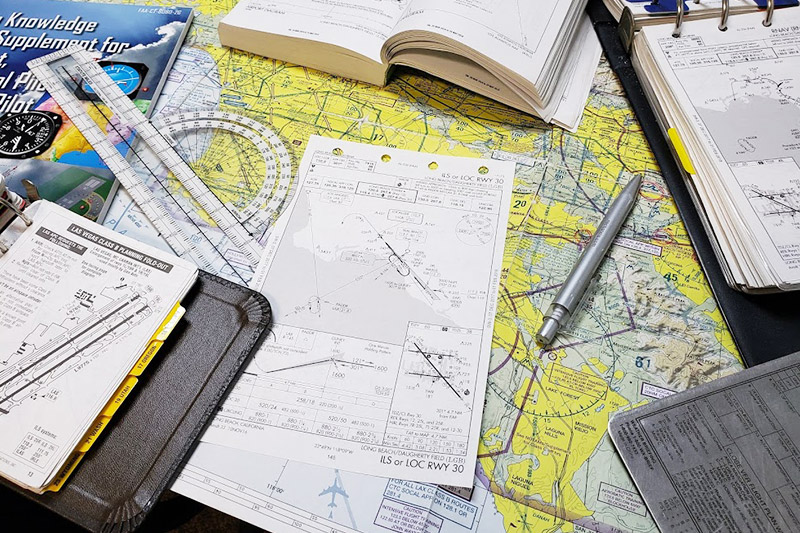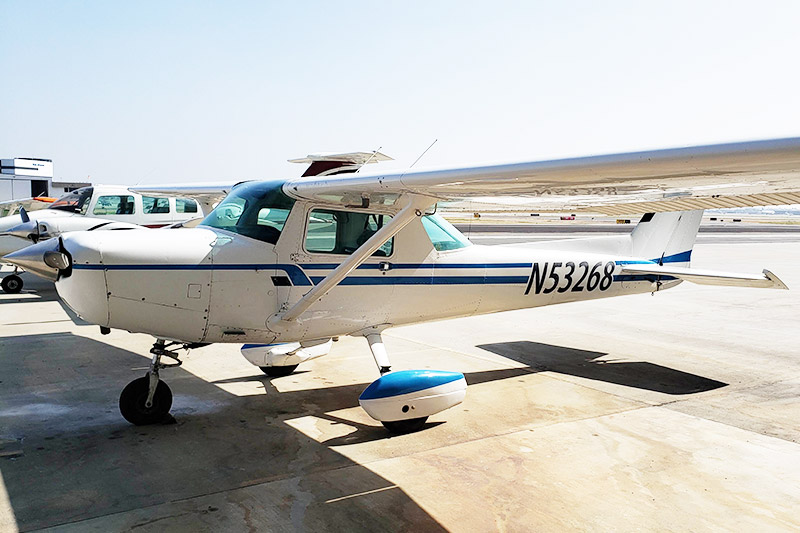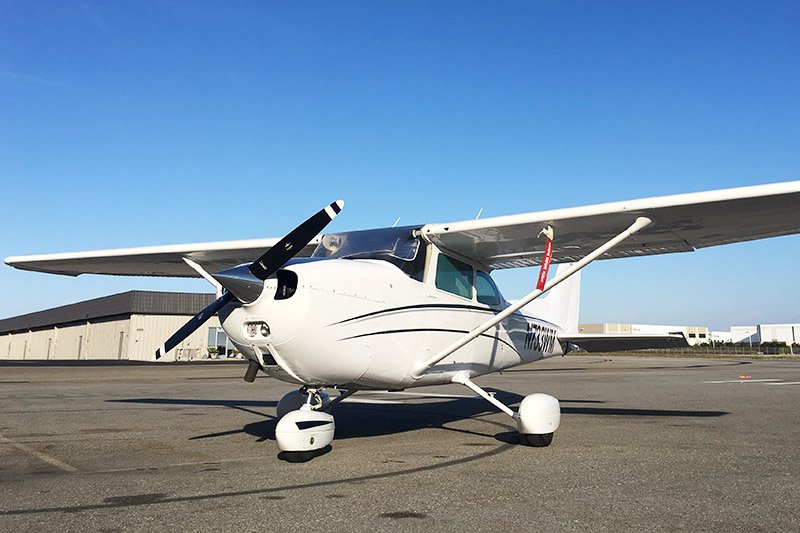Airplane Instrument Rating
Home » Airplane Courses » Airplane Instrument Rating



An instrument rating is required for flying in adverse weather conditions
An instrument rating expands the flying privileges of your pilot’s license and helps you to become a safe and proficient pilot. Beginning with the basics of attitude instrument flying and ending with your instrument rating, this course teaches you to navigate the aircraft solely by reference to the instruments. You will learn to read, understand, and fly with instrument charts during departures, en routes, arrivals, and approaches with air traffic control (ATC). Being prepared for and able to handle any changes in the weather will increase safety for you and your passengers. Students often acquire an instrument rating before starting commercial training in order to build up flight time before taking the commercial pilot exam.
FAA Minimum Requirements
FAA Part 61.65 Instrument rating requirements
| Must log at least 50 hours of cross-country flight time as pilot in command |
| Must have at least 40 hours of actual or simulated instrument time |
Step-by-Step Guide to Becoming Certified
| Duration: | Remarks: | |
| Before training | 1 week | TSA finger-print screening (International students ONLY) |
| Ground school and flight training with instructor | 3 weeks | Accumulate PIC X-C hours, knowledge and procedures of instrument flying |
| FAA written exam | Minimum passing score is 70% | |
| Simulator training | 1 week | At Emphasis on procedures |
| FAA written exam | Minimum passing score is 70% | |
| Checkride preparation | 2 weeks | Overall review of knowledge and skills |
| Practical test (checkride) | Oral and flight examsand skills | |
| Total: 1.5 to 2 months | ||
Aircraft Fleets
Quotaiton
Please check the quotation below.

